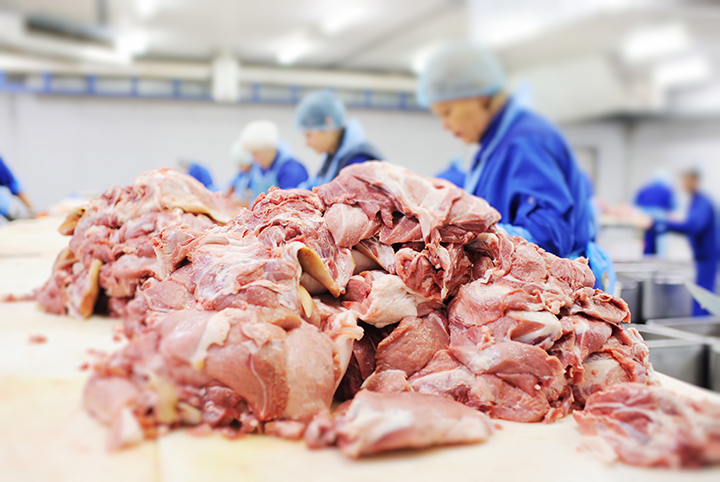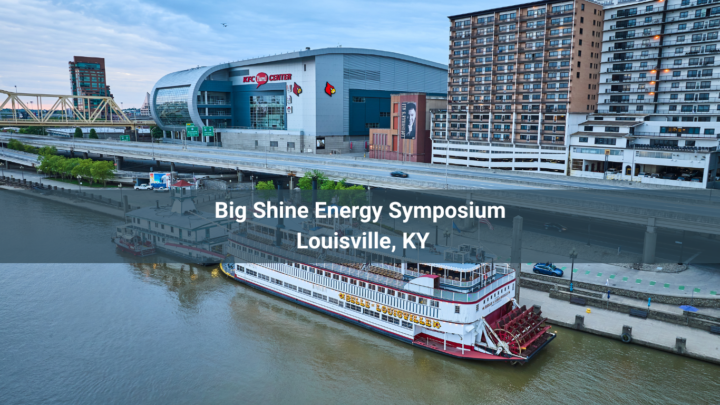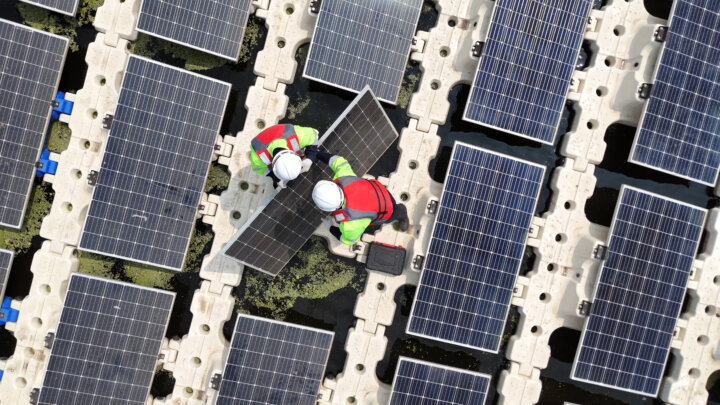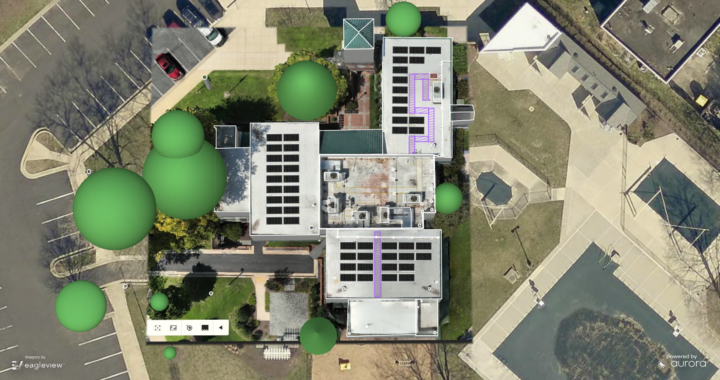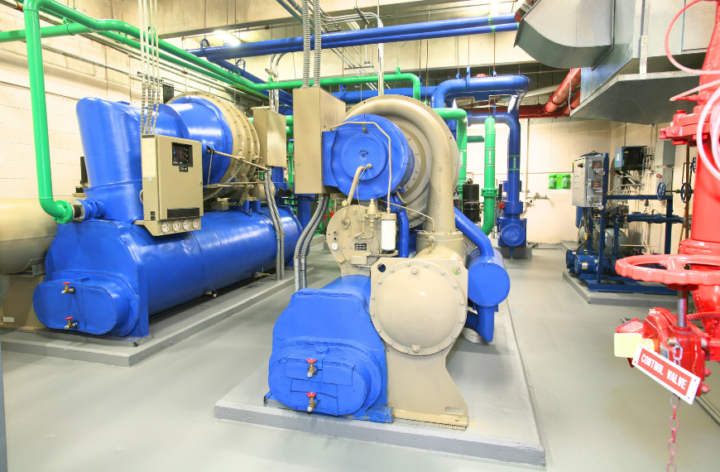Food Safety Best Practices
Our nation is very blessed to have both an ample and a generally safe food supply. We thank our food manufacturers and regulatory agencies for their devotion to this responsibility. To maintain our excellent track record, we need to constantly examine our food processing facilities and ensure that best practices are being used.
A recent article in Food Manufacturing magazine (1) discussed “5 Ways to Maintain Food Safety in an Older Facility.” The article identified common facility problems that can put food safety at risk. We would like to add to author Keough’s list an essential 6th way to maintain food safety in any facility, old or new: high-quality lighting. Writing in Food Safety Magazine (2), Forensic Sanitarian Robert Powitz, Ph.D said this about the importance of lighting:
“…proper illumination in the preparation and production areas is absolutely critical to food protection, sanitation and employee safety.”
“…if you can’t properly see it, it probably isn’t clean or safe.”
Food Industry Lighting Requirements
The importance of lighting in food processing is three-fold: to ensure the proper preparation and inspection of food, to reveal any areas of the facility that may need maintenance, and to protect the employees from accidents which can range from cuts to falls. These needs are reflected in lighting recommendations published by the Illuminating Engineering Society (IES) as well as in USDA, FDA and OSHA regulations.
Many of these regulations are very basic, defining minimum lighting levels for different functional areas in foot-candles or lux. The USDA minimums range from 30 foot-candles for many areas to 200 foot-candles for poultry inspection and quality control activities. Today the science of defining optimum lighting has advanced to include improved metrics to define color, flicker, stroboscopic effects and photometric renderings to precisely map lighting levels throughout a facility prior to investing in a lighting upgrade.
LED For Food Processing Facilities
The champion of today’s lighting for Food Processing facilities is the LED, also known as Solid-State Lighting (SSL). LED lighting can accomplish the dual objectives of assuring bright, crisp illumination of your facility as well as substantial savings in monthly operating costs. Add to these the fact that many states have utility rebate programs for LED lighting upgrades, and the return on investment becomes outstanding. Most importantly, good lighting is the essential foundation for efficiency, compliance, safety, and employee morale.
Big Shine Energy is proud to announce its new line of high efficiency LED lighting fixtures designed specifically for food and beverage processing facilities: the YVI High Bay. This fixture has a streamlined appearance, is NSF-certified for sanitary facilities and is rated IP69K, suitable for high pressure wash-down. The YVI is available in 150 and 200 watts, three different beam angles and in Correlated Color Temperatures (CCT) from 3000 to 5000K. With its outstanding efficacy, the YVI is listed as DLC Premium, allowing it to qualify for the highest level of applicable utility rebate programs.
An LED lighting upgrade actually involves seven distinct steps, beginning with an audit and survey of the facility and transitioning to an on-going post-installation support. At Big Shine, we believe that the only way to meet your needs is a 100% relationship – we are with you in every phase of our turnkey lighting upgrade service, because we want you to be smiling with satisfaction now, next year, and 10 years from now.
Additional Reference:
USDA/NCDA&CS Facility Guidelines for Meat Processing Plants American Association of Meat Processors, 25 Aug. 1997.
